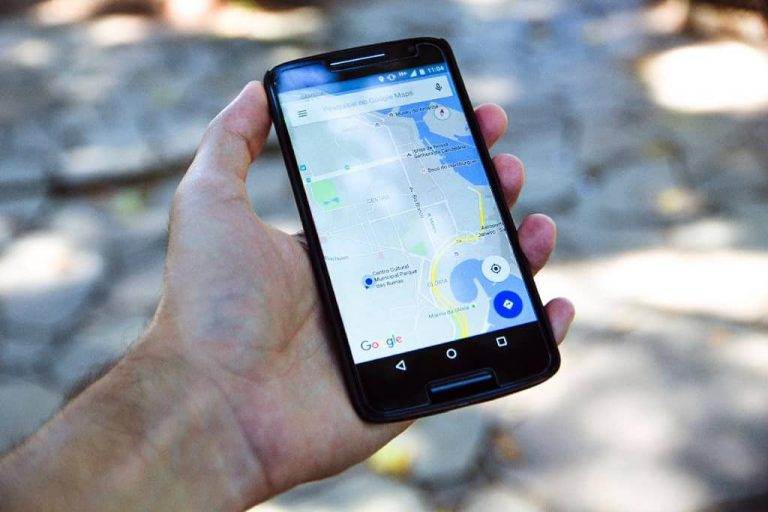Status of Web Design Services
Since introducing Javascript, the Web design services industry has grown enormously and positively. Until then, web pages were dark, gloomy places with a few monochromatic pixels living there. Although Flash was an improvement, it was not too user-friendly.
It was not open and, indeed, consumed a considerable amount of processing power. CSS revolutionized web design services as a non-coding language by introducing some neat tricks. However, browsers, too, had to pull some tricks to incorporate the designs made by CSS.
The greatest problem was when web design services were to be deployed on mobile platforms. While the issue of layout difference in devices was improper, the content-parity problem was the most troublesome.
However, designers could dodge it using a 12-column division system. The real champion here is Bootstrap. Content parity came totally fulfilled with the help of a responsive web design service, and for that, we have a guy named Ethan Marcotte to applaud.
Today web designers employ vector and raster graphics editors to create images that are suitable for their websites. Flawless photography, extra luminous visuals, and carefully processed layouts are new frontiers of web design services.
The actual demand the users have from the web service industry is making it more visual and compatible with browsers. We can actually think of these as the holy grail of web design, and we have reached there too. Flat design has really been an industry standard when it comes to web design. Its designs are neat wide spaces, outlined edges, and two-dimensional illustrations.
The positive changes brought into the web:
- The web design service is inclusive, meaning anyone can access it and, in some situations, can even manipulate it to cater to their needs.
- Modern web services can be easily embedded in mobile phones. Responsive web pages make sure that they apply to the mobile phone.
- There are certain inconsistencies in the way the browsers interpret certain websites. But this problem has been solved, and websites have become consistent with browsers.
- Nowadays, websites loads under the span of a fast time
Microsoft was the one to introduce flat design into the web design service industry. Initially used in its media player, Microsoft thought of flat design as a game-changer since their Windows Phone 7 was a hit.
Since they designed their Windows 8 OS and website based on the same principle, Microsoft Office and Xbox also employed the same web design service principle. It is basically simplifying the interface by retaining the necessary items and trimming the unimportant elements, such as textures. Not just Microsoft, but the other two major companies, Apple and Google, have launched their mobile platform based on flat design.
Web design used to take hours and hours of tedious coding and now can be finished casually with platforms like WordPress. That’s just the tip of the iceberg. Nowadays, platforms like Squarespace, Weebly, and Wix have commoditized the web design services industry.
Anyone can design a moderately appealing website for free using these services except for Squarespace, which only provides paid versions of its design. But the paid versions of Squarespace is much better than the free versions of Wix unless you don’t mind ads covering your webpage all the time.
Regarding design, Squarespace provides the best option in features. Although you must have a paid account, the user-friendly design will be worth it. Regarding technicality, however, both Squarespace and Weebly are the frontrunners.
Wix is okay in technicality and design, however, is not just as gorgeous as the paid ones. In terms of marketing, too both Squarespace and Weebly are the top choices. But regarding user experience, Weebly is the clear winner ahead of Squarespace and Wix.
However, consider pricing, user experience, design features, technical features, marketing features, support, and service, and you can conclude that Weebly is the winner by a narrow slice.
Talking about responsive web design, there has been a lot of debates on whether we should switch to mobile applications than to websites. This was brought about by the fact that the number of mobile users has increased exponentially.
It means that m-commerce companies will take over e-commerce companies very soon in the future. Mobile applications are more likely to be used than mobile-based websites and responsive websites. The rise of the Indian online shopping application has proven this fact.
However, the seemingly large number of customers does not guarantee a happy customer. Many users and online shoppers claimed they would rather shop from a web-responsive site than a mobile application.
The challenges of the web design service industry are:
- One of the biggest challenges faced by web designers is integration. Let’s take an instance of the internet cloud. It created a huge amount of space for data and files. However, there is the issue of integration into the cloud, which is very complicated.
- The next biggest issue is over-saturation. The web service industry is over-saturated. Users now have more options than ever. How will an individual website stand out?
- Over-saturation brings spoiled users. They expect the same level of simplicity they experience in their mobile application.
- A recent study suggested that 96% of websites are vulnerable to malware. Studies have also shown that security breaches are rising, and web application security has still not improved.
In conclusion, the web design service is being challenged with a number of subjects. First of all, we should consider that your website must be optimized for the best design to compete with the much more portable mobile application.
The web design service industry might be obsolete because they are less likely to reach many customers. The reason for this is portability. While mobile applications are incredibly portable, it is hardly the case for web-based design.






